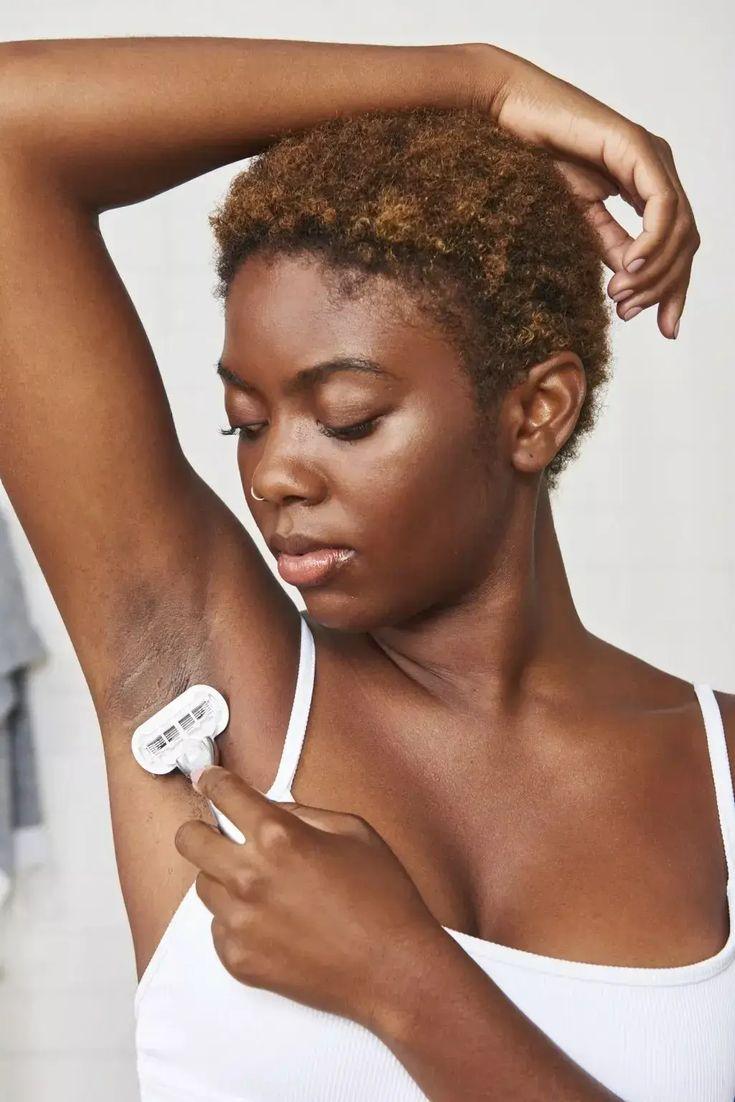Beauty
>
Makeup & skincare7 Shaving Tips to Prevent Razor Burn On The Skin
Ditch razor burn for good! This guide shares 7 shaving tips to achieve a smooth, irritation-free shave using the right prep, technique, & aftercare.
By Adebayo Olabisi
PUBLISHED: April 10, 2024

image-credit
hello
we may earn commisions from links on this page, but we only recommend products we love. Promise